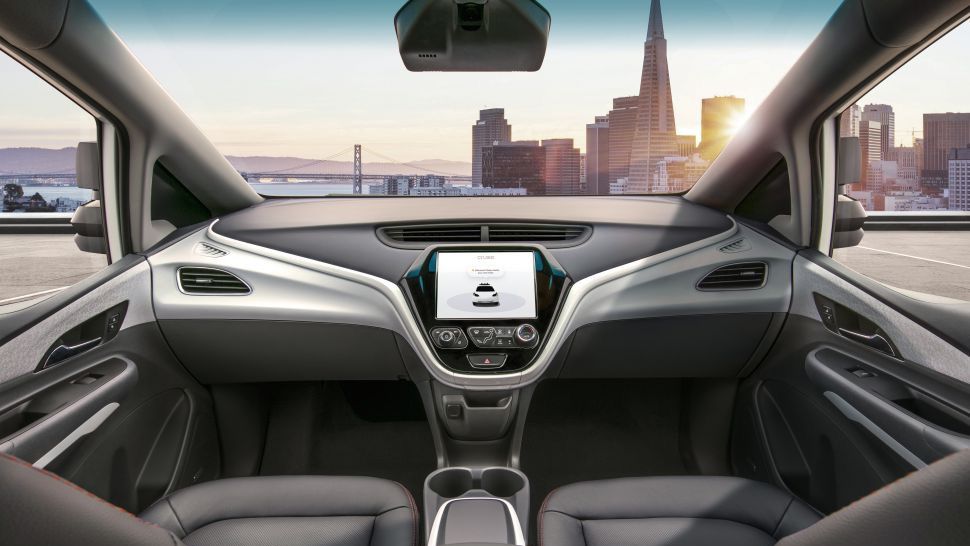[ad_1]

Here’s another fantastic deal for Amazon Prime Day deal hunters today: a PlayStation VR Starter Pack and a pair of Move controllers.
For only £229.99 you can get your hands on (and head into) a PlayStation VR headset, a PlayStation VR camera, PlayStation VR Worlds gaming bundle and a Move controllers twin pack.
What makes this deal so great is that it contains everything you need to get up and running with the PSVR without forking out any extra for add-ons, presuming you already have a PS4 or PS4 Pro, that is.
Usually you’d be able to get a PSVR Starter Pack for around this price, but you’d be missing out on the Move controllers and you’d have to buy them separately.
Sure you can use the PSVR, and have a decent experience, without the Move controllers. But to really make the most of Sony PlayStation’s virtual reality tech you need those Move controllers, which makes this not only a great deal (you save £84.98 in total), but less hassle too, putting everything you really need in one neat package.
If you’re thinking of bagging yourself a discounted PSVR, check out our guide to the best PlayStation VR games around to keep yourself busy.
The PSVR is compatible with both the PlayStation 4 and PlayStation 4 Pro. It’s relatively easy to set-up, but you will need a good 10 feet or so of space in every direction, as well as a few hours spare to get it all up-and-running.
Once you’re done, you’ll be able to immerse yourself in a range of VR environments, all providing you with 360-degrees of vision thanks to the device’s 5.7 inch OLED screen that offers up smooth visuals and low latency.
If you’re looking for more games, accessories and add-ons for your PS4 or PS4 Pro, be sure to check out the rest of our Amazon Prime Day coverage for more bargain tip-offs.
[ad_2]







